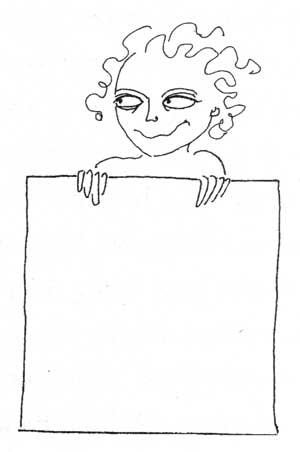Pace, Space, and the Other in the Making of Fiction
April 27, 2018 at 7:30 pm, open to practitioners and the general public.
The turn toward an embodied metaphorical understanding of human thought in the cognitive sciences and other disciplines has reconfigured the idea that narrative is a purely linguistic phenomenon that begins with language acquisition. Some researchers have even interpreted early fetal movements as the grounding for narrative imagination and the newborn’s imitative behaviors and protoconversations as forms of storytelling with clearly marked introductions, developments, climaxes, and endings. Siri Hustvedt argues that human narrative ability is rooted in the prelinguistic, sensorimotor, emotionally charged dialogical experiences of timing in infancy and the learned patterns of those early exchanges. Prenatal life may be important to what will become narrative, but fetal experience must be understood in relation to the rhythmic motions and sounds of the maternal body. The development of a narrative imagination requires movement both from the co-constructed patterns of felt timing in infancy with a real other to represented time in the language of a particular culture and from situated immediate experience with a real other to the imaginary spaces of mental imagery in memory and the creation of imaginary others in fiction. These overlapping temporal and spatial developmental trajectories are crucial to the emergence of the fictive imagination. Virginia Woolf’s comments on rhythm and writing, as well as a drawing illustrating the form of To the Lighthouse, provide a door for thinking through the many unanswered questions about narrative and the writer’s movements in imaginary time and space.
Download the flyer.
Get tickets here.
